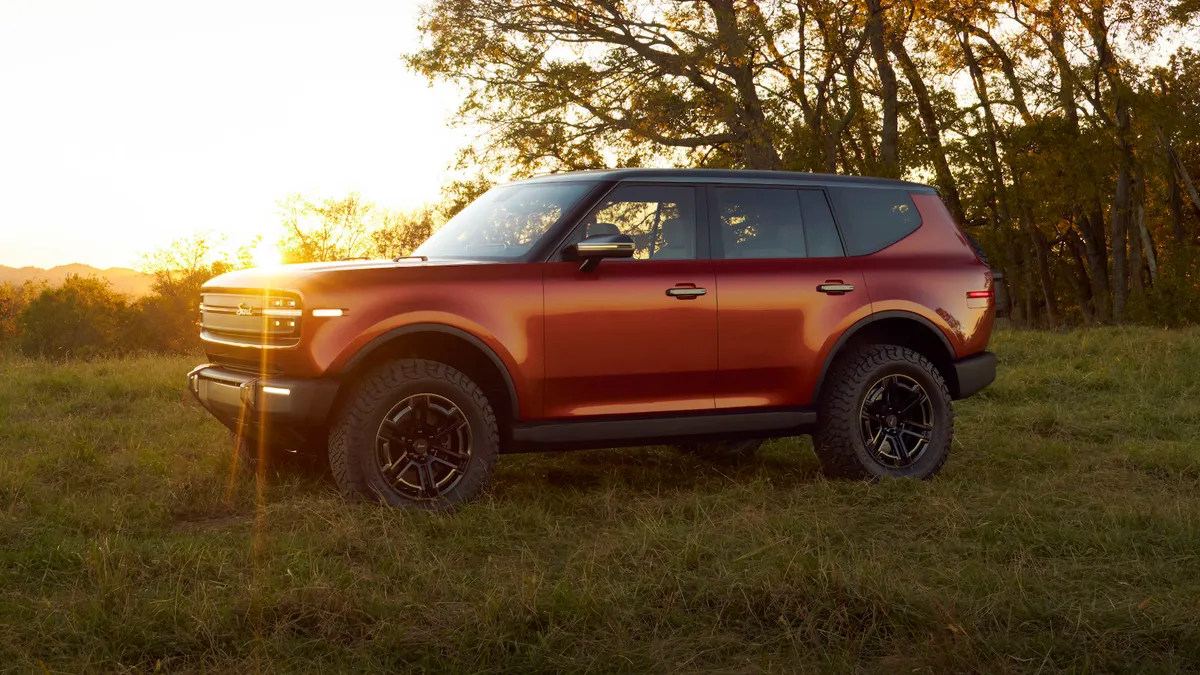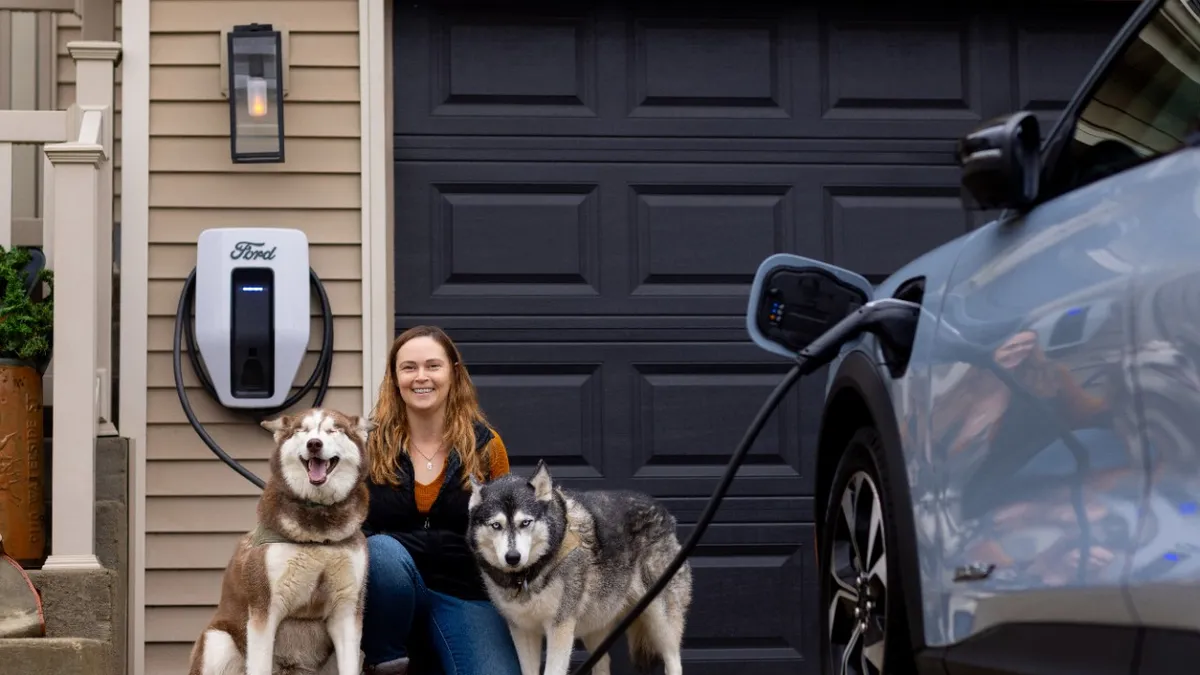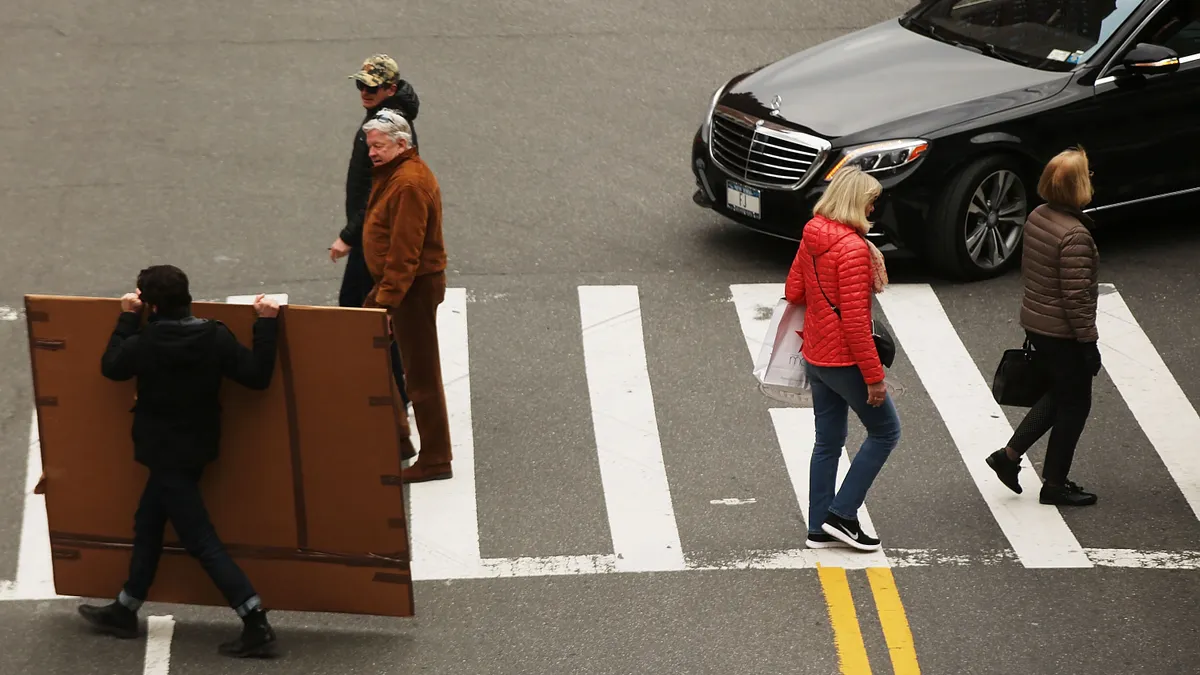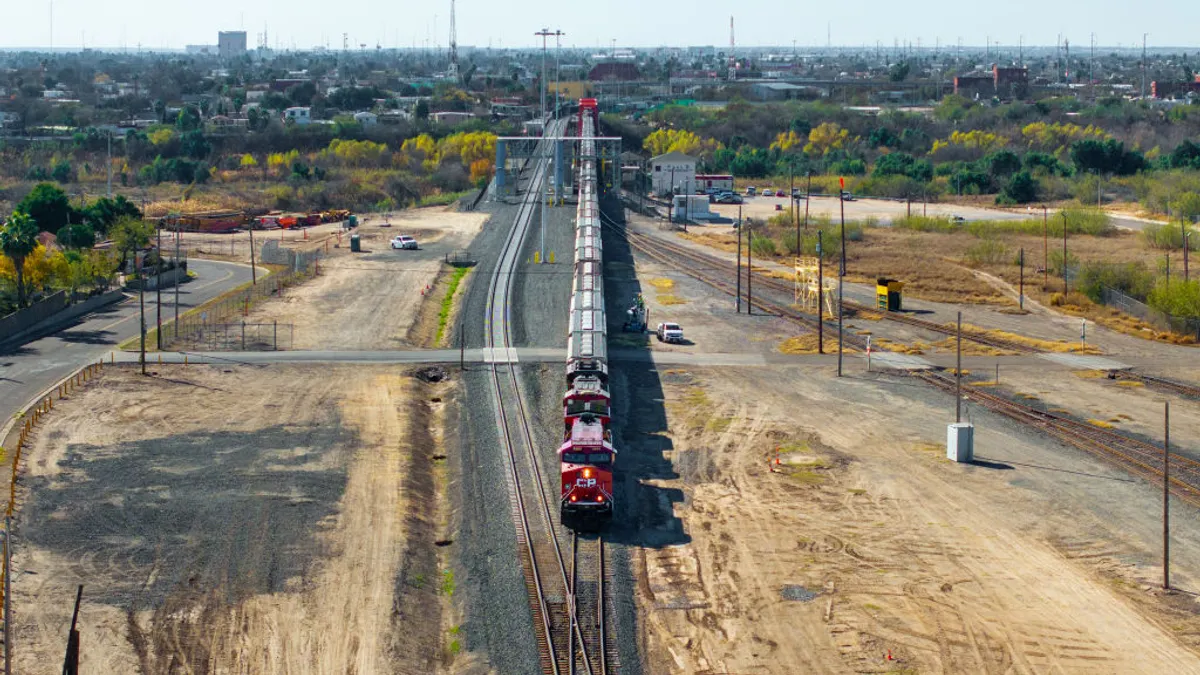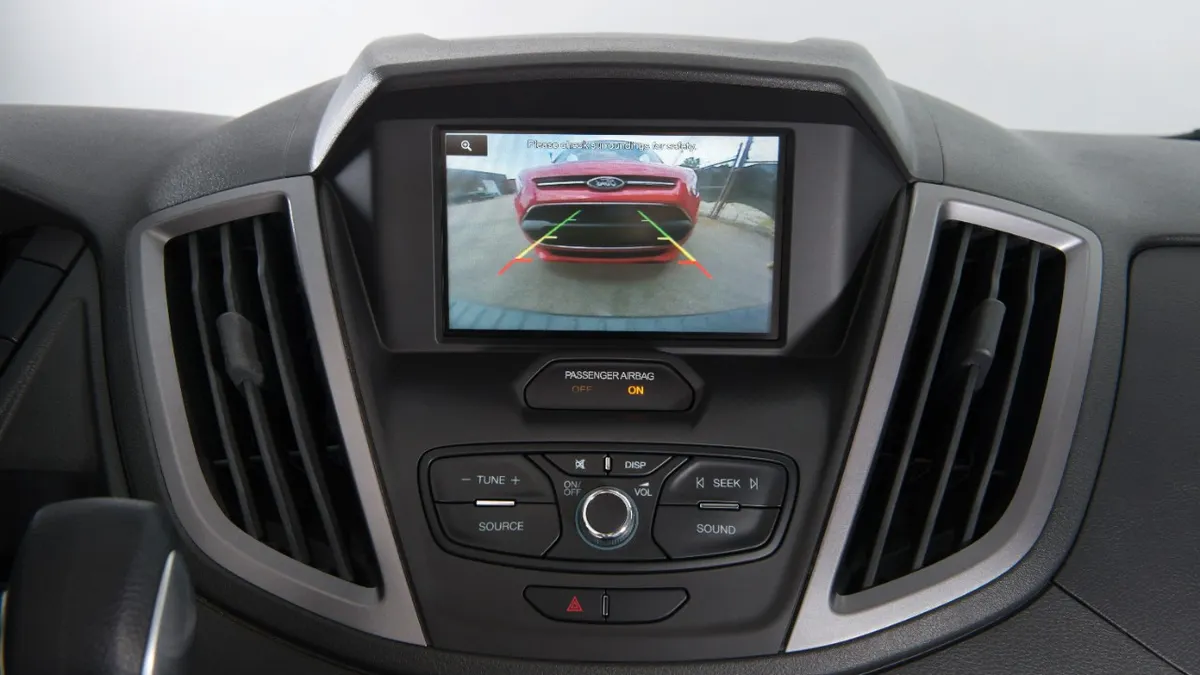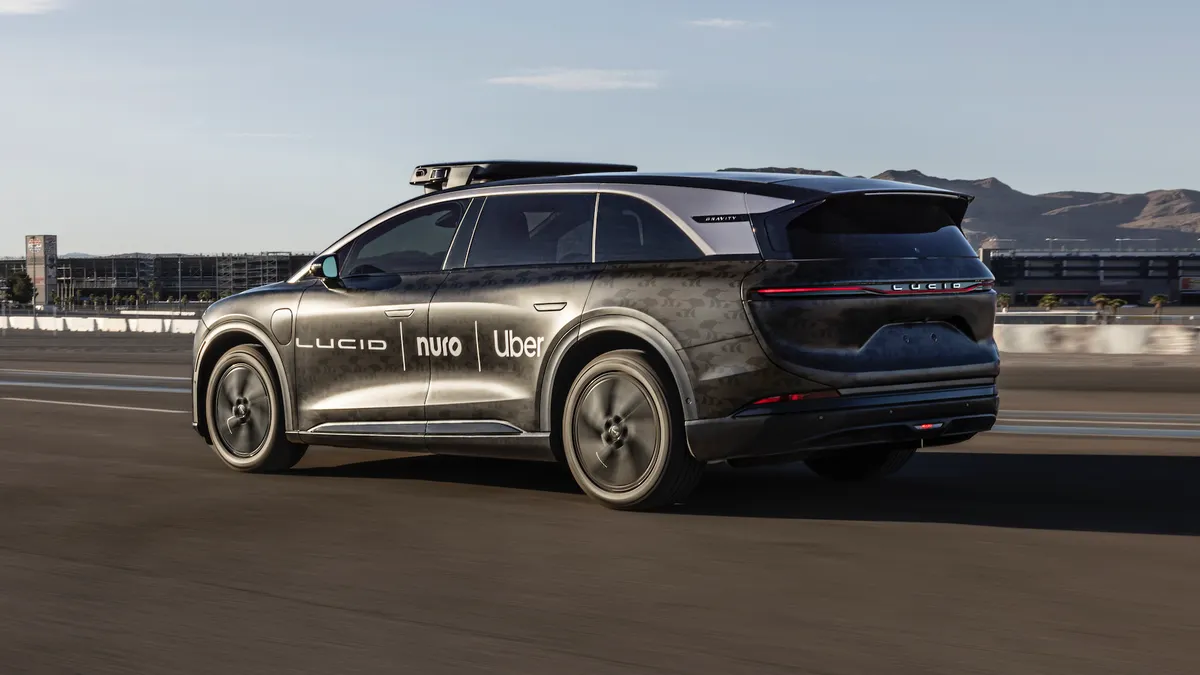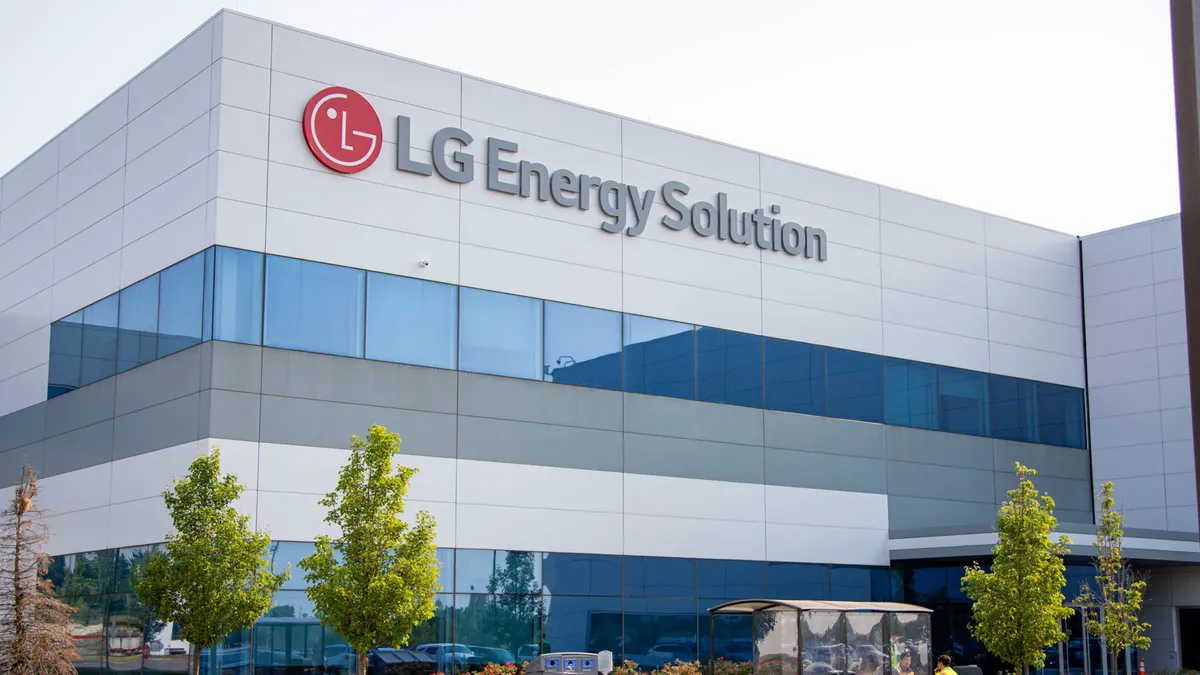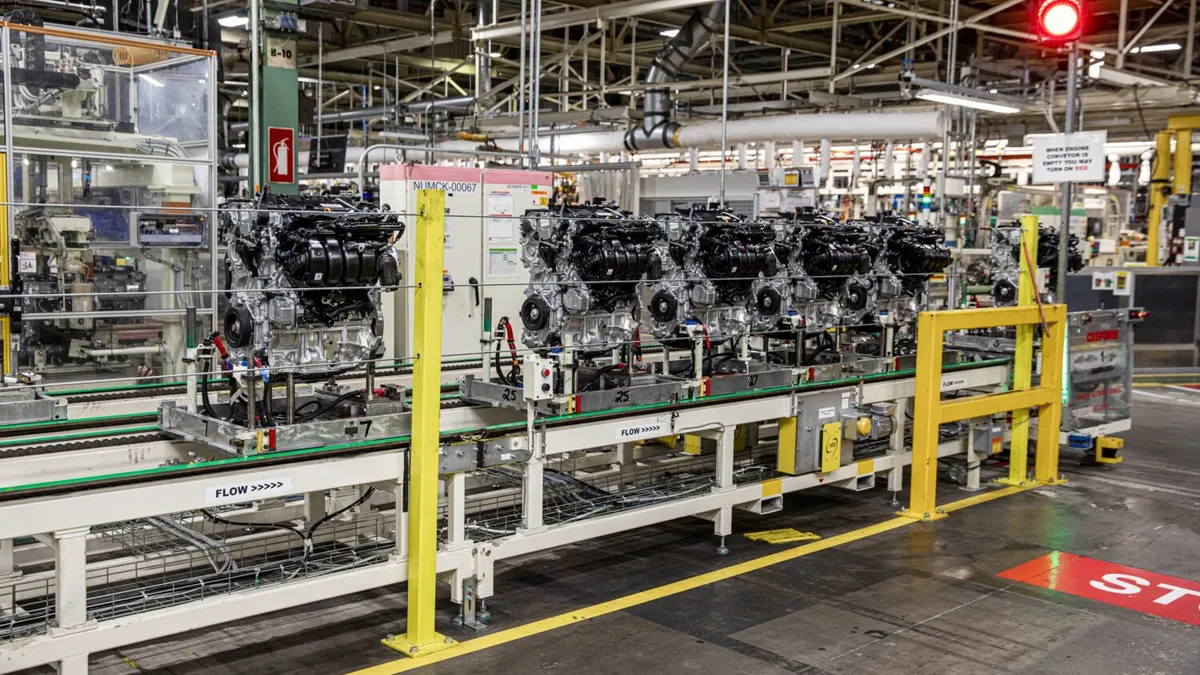NOVI, Mich. – Reviving a storied American truck brand was a task not taken lightly by Scout Motors.
During a presentation at AutoTech 2025 last week, CTO Burkhard Huhnke detailed how the company is using the “digital twin” design approach to develop and test its fully electric and extended-range EVs.
Scout’s goal is to preserve the vehicle's heritage through innovation and modern technology. The original Scout SUV was built by International Harvester from 1961 to 1980.
Huhnke also confirmed that Scout vehicles will adopt a new zonal electrical architecture which was co-developed by joint venture partners Volkswagen and Rivian. The technique, which is also being used by Rivian, enables over-the-air updates, remote diagnostics and cloud connectivity to enhance customer value. For Rivian vehicles, the new architecture reduces the number of ECUs needed from 17 to seven and eliminates 1.6 miles of wiring from each vehicle, according to the company.
“So what we are using is the most modern electronics architecture, which allows us with the pipeline into the cloud, a real-time access to the car,” said Huhnke.
Innovation in design
Among the technologies Scout is utilizing includes high-performance computing, simulation technology and software to create a “digital world” where various interactions — including crash tests — of vehicle designs can be simulated before physical testing in the real world. The automaker’s goal is to reduce test hours through simulation to achieve a high level of accuracy before physical prototyping begins.
“You have to optimize your driving dynamics. You have to calibrate your brake system,” said Huhnke. “You have to do propulsion and dynamics optimization, and that’s how everyone does it. After the simulation phase, we run for physical testing.”
According to Huhnke, Scout’s vehicle development process will begin with the creation of a digital model. That environment also includes a “digital wind tunnel” to test and optimize the aerodynamics of Scout vehicles. The process includes running various simulations, then using Use AI and machine learning to optimize vehicle designs to improve aerodynamics. Huhnke says this approach can reduce iteration times from 24 hours to just 5 seconds in some cases.
“What you’re getting is very quick … an AI response or design variables within seconds,” said Huhnke. “So you can run through multiple sessions within seconds to use AI and machine learning to optimize aerodynamics quite quickly. The highest accuracy in the digital world gives us the chance to reduce not just test properties, but also the test hours.”
Huhnke noted that it’s not just vehicle optimization in a digital environment, it’s reusing test properties as well.
The testing of digital designs by Scout can also be combined with real-world prototype tests to further validate the vehicle’s design. The Scout CTO says that this process can help improve the final product.
“So you close the loop with a very comprehensive testing, instrumented version to compare the digital world with the physical world,” said Huhnke. “And the better you get, the more accuracy you get.”
Automaker Porsche has also adopted digital twin technology to design and test electric vehicle batteries. According to the company, the digital representation of a battery functions exactly as one in a production vehicle and provides data that includes its expected aging process. The automaker is also using a “thermal model,” which can be used to predict how well a battery reacts to changes in temperature to improve the service life and performance.
What’s ahead for Scout
Scout is targeting the outdoor adventure vehicle market that’s been revived in part by the return of the Ford Bronco SUV in 2021 after a 25-year hiatus, as well as Rivian’s EVs, which will share some technology with Scout vehicles as a result of the EV maker’s joint venture with Volkswagen Group.
In April, Scout announced the appointment of Oliver Wollinsky as its chief production officer. Wollinsky previously served as plant manager for SAIC Volkswagen in China. In the role, he will oversee the completion and ramp-up of Scout’s assembly plant in South Carolina and lead manufacturing of the company’s Traveler SUV and Terra truck, with initial production targeted to start in 2027.
Fully electric Scout models are anticipated to offer up to 350 miles of range, while extended range versions are projected to offer more than 500 miles of range using a gas-powered generator, according to the company.
Disclosure: AutoTech 2025 is run by Informa, which owns a controlling stake in Informa TechTarget, the publisher behind Automotive Dive. Informa has no influence over Automotive Dive’s coverage.



